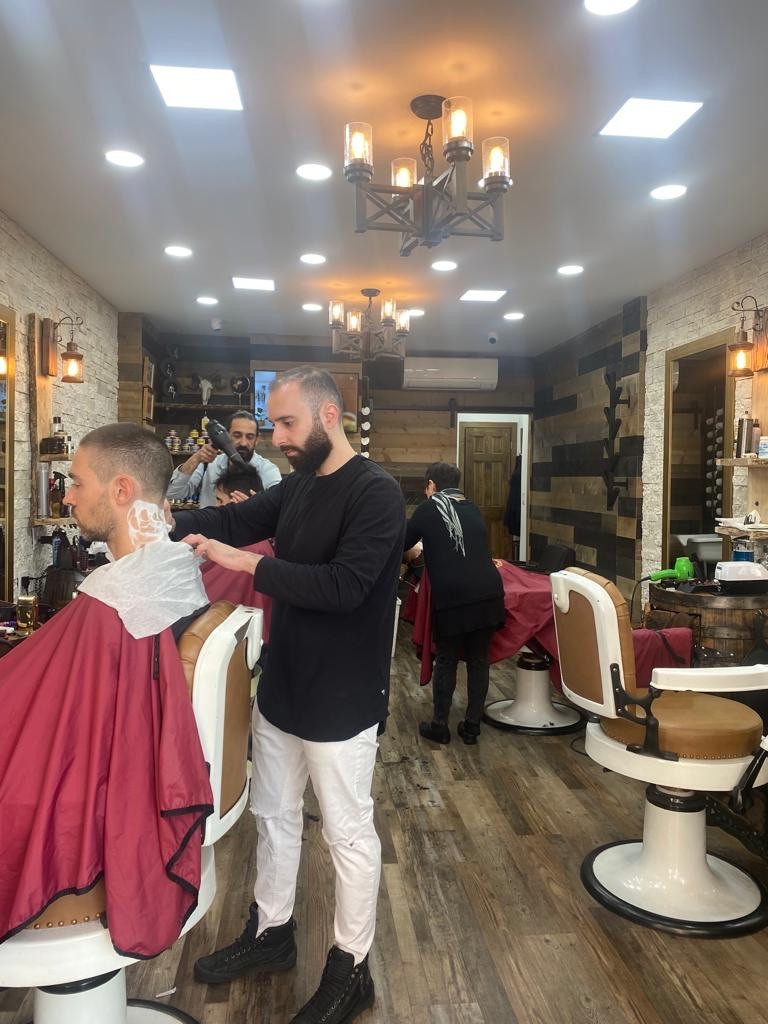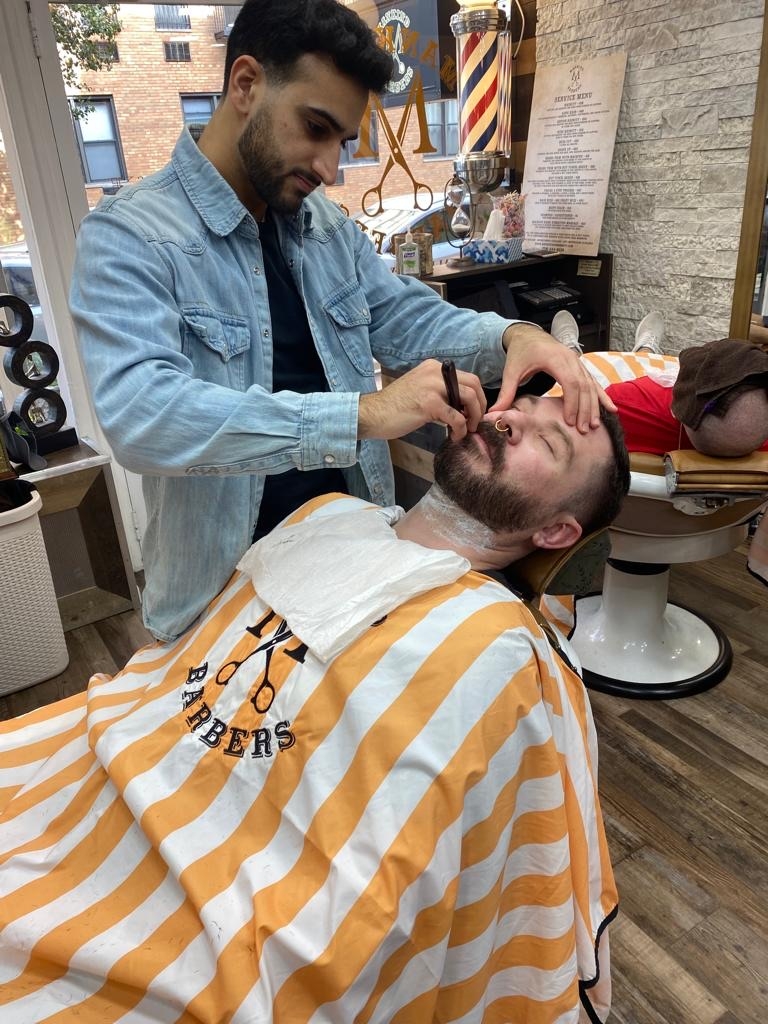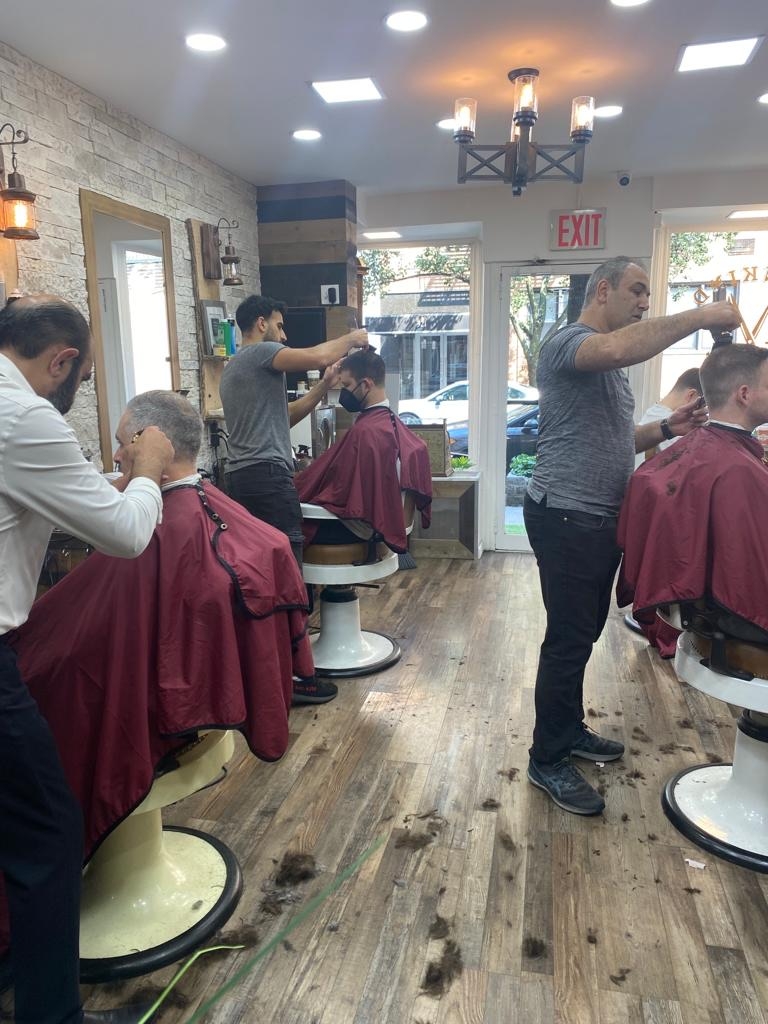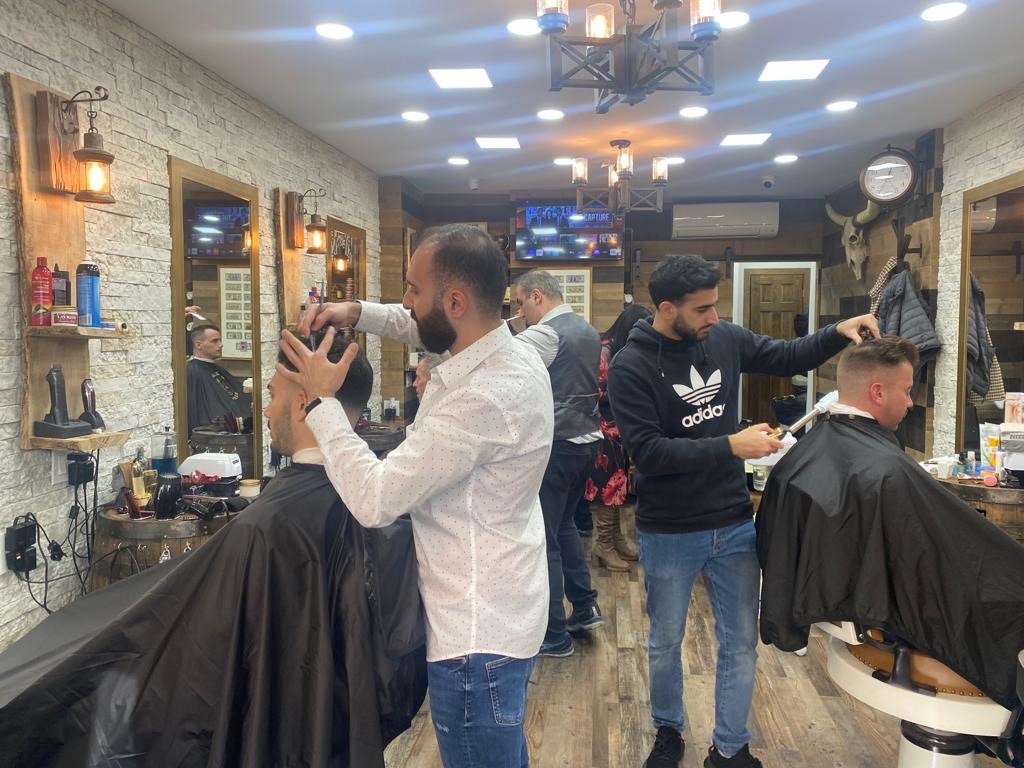After-Shave Hydration Methods
How does using a post-shave balm help to hydrate the skin after shaving?
Using a post-shave balm helps to hydrate the skin after shaving by providing essential moisture and nutrients to the skin. The balm typically contains ingredients like glycerin, aloe vera, and hyaluronic acid, which help to replenish the skin's moisture barrier and soothe any irritation caused by shaving. This hydration is crucial in maintaining the skin's health and preventing dryness or flakiness post-shave.
Tips For Men For Preparing Skin and Facial Hair for Shaving With A Straight Razor



